Native plant nurseries are a rarity in Los Angeles. With a few notable locations like Theodore Payne, Plant Materials, and Artemisia Nursery, access to native plants and the knowledge of installing and caring for them can be challenging. Worse, if you want to buy native plants, outside of these few and far between native plant nurseries, most of the local nurseries have a limited stock of native to California plants.
most of the big box stores like Home Depot and Lowes don’t have any. Your local garden centers like Green Thumb or Armstrongs may have a few.
So why shop at a native plant nursery? A few reasons exist to buy from a nursery that strictly deals in native plants. Let’s look at each of these different reasons and put some into context.
Read: Greening Your Space: 10 Reasons to Choose California Native Plants
Preserving Native Ecosystems
One of the most critical roles of local native plant nurseries is the preservation of native ecosystems. Los Angeles County boasts a rich diversity of plant species, many of which are unique to the region. However, rampant urban development and invasive species threaten the very existence of these ecosystems. Native plant nurseries are instrumental in cultivating and propagating indigenous plants, ensuring their survival in the face of these challenges. Most source locally and grow from seed plants growing on the edges of the San Fernando Valley in the Santa Monica Mountains and Santa Susanna Mountains. Bonus: if you’re into hiking, you can see many of these native plants in the ecosystems where they naturally occur. In particular in Placerita Canyon, the Las Virgenes Open Space and the Santa Monica Mountains.
Restoring Urban Green Spaces
As Los Angeles expands, urban green spaces have become increasingly important. Local native plant nurseries provide the city with a sustainable source of native vegetation for parkland restoration projects, creating urban oases that benefit both the environment and the community. These green spaces offer a respite from the concrete jungle and provide essential habitat for local wildlife.
Read: Starting a Native Plant Garden in Southern California Hardiness Zone 10
This is an essential aspect of native plant nurseries and something I wish Los Angeles City and its various council districts would think more about. It’s a tremendous missed opportunity to not use native plants in green belts, medians, and other unused civic dirt patches often left to grow weeds or, worse, invasive, non-native plants.
Water-Wise Landscaping
In a region plagued by droughts and water scarcity, landscaping choices significantly impact water conservation. Native plants, adapted to the local climate, require less water than non-native species. By promoting native plants, local native plant nurseries help homeowners and businesses create attractive, water-efficient landscapes that reduce the strain on local water resources.
The city and water districts are doing better with lawn replacement rebates, composting seminars, and tree giveaways. Frequently, the LADWP gives trees away to re-green the city. Sadly, the trees they give away are often not native and not beneficial to the bugs and birds of the San Fernando Valley.
Visit the California Botanic Garden
Another harmful alternative to lawns is AstroTurf lawn replacements and xeriscape rock gardens. While they can be done well, most of the rebate programs initiated over the last few years have resulted in hideous yards filled with oddly shaped non-native cacti and succulents or soil biology-killing turf with weeds growing at the edges.
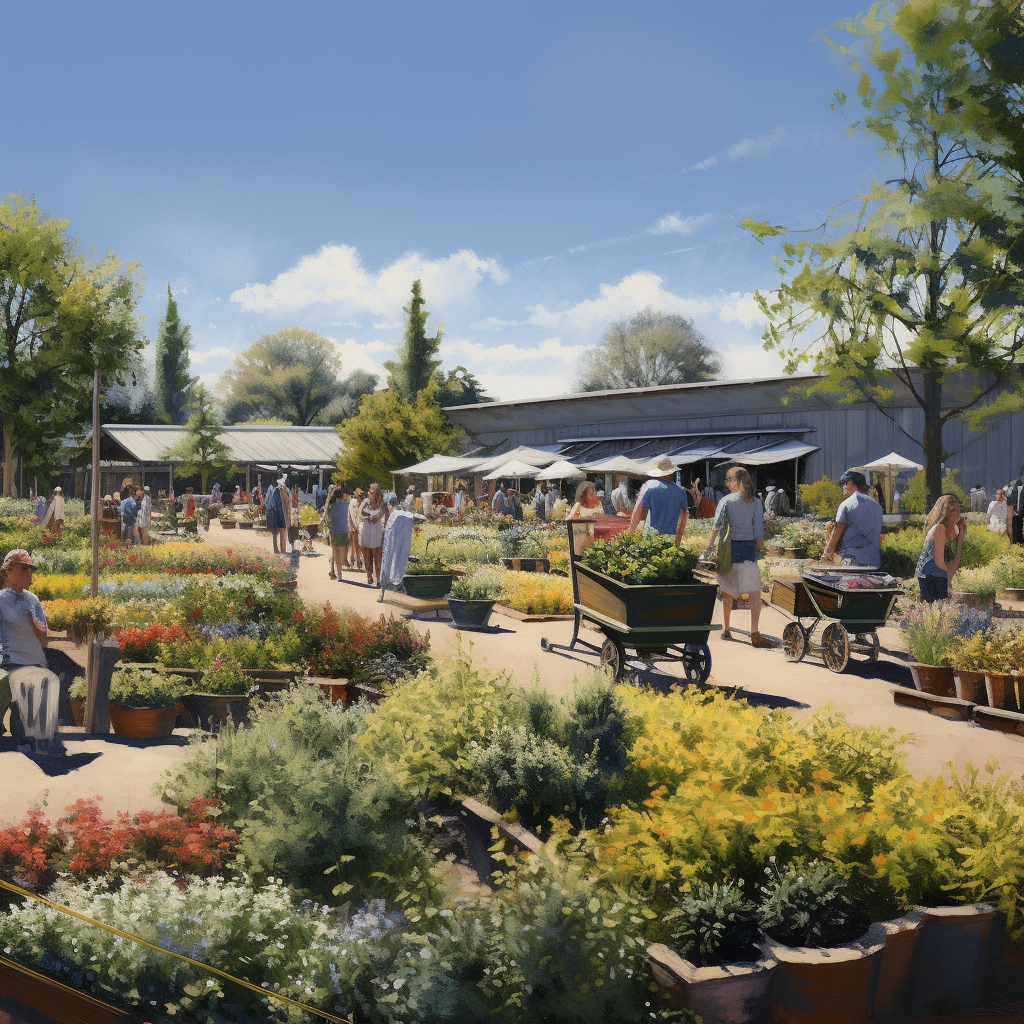
Biodiversity and Wildlife Habitat
I can’t stress this enough: native plants are the backbone of healthy ecosystems, providing food and shelter for various wildlife, including birds, insects, and mammals. By cultivating and selling native plants, local nurseries indirectly contribute to restoring wildlife habitats in urban and suburban areas. This, in turn, leads to increased biodiversity and the revival of local animal populations.
Green lawns, while pleasant to look at, are huge ecological dead zones and do little to support native wildlife. A thirsty crop, green grass lawns account for a tremendous use of water. One 10×10 square foot of yard can consume 62 gallons of water. Your consumption may vary, but it’s expensive and wasteful for a crop of grass that exists so the dog has a place to poop or the kids to occasionally play.
Read: Drought Tolerant vs. Native Plants
Instead, imagine investing in a habitat that’s good for the bugs and birds and feeds nature rather than taking from it? By replacing your green lawn with native plants from a local native plant nursery, you can put it back into a system that has been missing for generations.
Educational Opportunities
Local native plant nurseries serve as valuable educational resources. They offer workshops, plant sales, and tours that engage the community and promote environmental awareness. These nurseries empower Angelenos with the knowledge and tools to make informed landscaping, conservation, and sustainable living choices.
Read: California Native Plants Unattractive to Bees
Theodore Payne is a standout for educational classes. Their offering of classes supports several native plants enthusiast needs. Right Plant, Right Place is a great class to learn how to think about planting natives. If you’re a commercial gardener, they offer certification classes on installing and caring for native plants. And, if your interests are in growing natives, you can learn how to grow them from seed. The SAMO Fund in Thousand Oaks has tremendous educational offerings without the commercial nursery.
Community Building
Beyond their environmental impact, local native plant nurseries foster a sense of community. They bring together like-minded individuals with a passion for native plants and conservation. Community involvement in these nurseries creates a network of advocates for local biodiversity and strengthens the bonds between residents and their natural surroundings.
This is highlighted in adjacent plant activities like volunteering, classes, and communities around native plants. These groups exist beyond the native plant nursery in community organizations like the California Native Plant Society, Sierra Club, and others whose focus is on the environment and frequently host gatherings, lectures, plant sales, and volunteering events. One such event is a monthly weeding and restoration meet-up in the Sepulveda Basin Wildlife Reserve.
Read: CA Native Plants in Bloom in March
The importance of local native plant nurseries in Los Angeles cannot be overstated. These hidden havens of biodiversity preservation, restoration, and education play a crucial role in safeguarding the region’s native ecosystems, promoting water-wise landscaping, and building a stronger community. Through their dedication to cultivating native plants, these nurseries contribute to a greener, more sustainable San Fernando Valley, where nature and urban life coexist harmoniously.
Native Plant Nurseries around the San Fernando Valley
Theodore Payne Nursery
10459 Tuxford Street, Sun Valley, California 91352
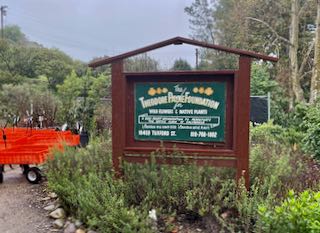
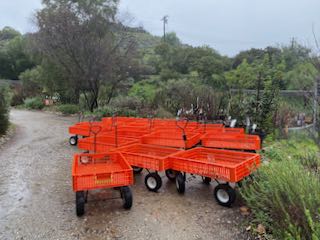
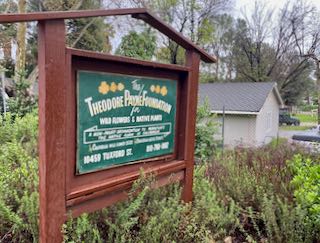
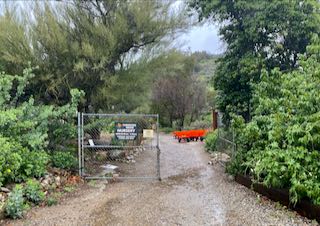
Altadena
3081 Lincoln Ave, Altadena, CA 91001, USA
Glassell Park
3350 Eagle Rock Blvd, Los Angeles, CA 90065, USA
Silver Lake
3024 La Paz Dr, Los Angeles, CA 90039, USA
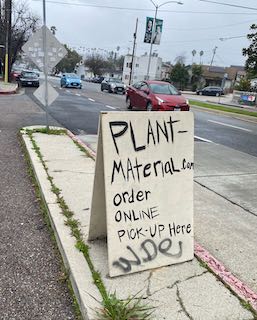
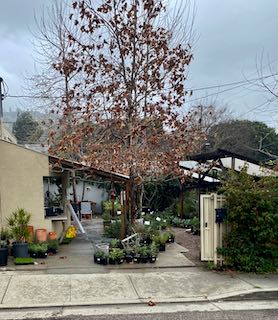
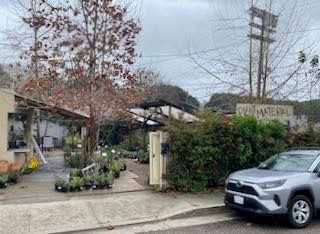
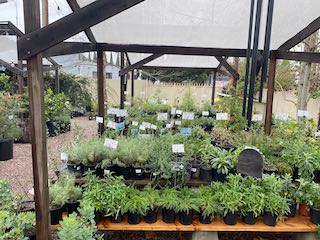
Matilija Nursery
8225 Waters Rd, Moorpark, CA 93021
Artemisia Nursery
5068 Valley Blvd, Los Angeles, CA 90032
Hahamongna Native Plant Nursery
4550 Oak Grove Dr, Pasadena, CA 91103
CNPS LA/SMM
annual plant sale
Growing Works Nursery
1736 S Lewis Rd, Camarillo, CA 93012

8 responses to “Native Plant Nurseries Around the San Fernando Valley”
[…] Read: Native Plant Nurseries Around the San Fernando Valley […]
LikeLike
[…] Read: Native Plant Nurseries Around the San Fernando Valley […]
LikeLike
[…] Read: Native Plant Nurseries Around the San Fernando Valley […]
LikeLike
[…] Read: Native Plant Nurseries Around the San Fernando Valley […]
LikeLike
[…] Read: Native Plant Nurseries Around the San Fernando Valley […]
LikeLike
[…] Read: Native Plant Nurseries Around the San Fernando Valley […]
LikeLike
[…] Read: Native Plant Nurseries Around the San Fernando Valley […]
LikeLike
[…] Read: Native Plant Nurseries Around the San Fernando Valley […]
LikeLike